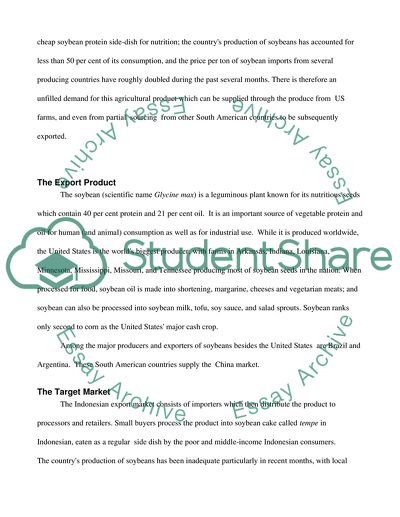Cite this document
(The Indonesian Market for Soybeans Coursework Example | Topics and Well Written Essays - 2000 words, n.d.)
The Indonesian Market for Soybeans Coursework Example | Topics and Well Written Essays - 2000 words. Retrieved from https://studentshare.org/marketing/1549287-indonesia-market
The Indonesian Market for Soybeans Coursework Example | Topics and Well Written Essays - 2000 words. Retrieved from https://studentshare.org/marketing/1549287-indonesia-market
(The Indonesian Market for Soybeans Coursework Example | Topics and Well Written Essays - 2000 Words)
The Indonesian Market for Soybeans Coursework Example | Topics and Well Written Essays - 2000 Words. https://studentshare.org/marketing/1549287-indonesia-market.
The Indonesian Market for Soybeans Coursework Example | Topics and Well Written Essays - 2000 Words. https://studentshare.org/marketing/1549287-indonesia-market.
“The Indonesian Market for Soybeans Coursework Example | Topics and Well Written Essays - 2000 Words”. https://studentshare.org/marketing/1549287-indonesia-market.


